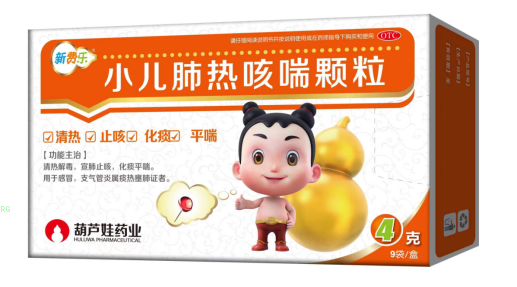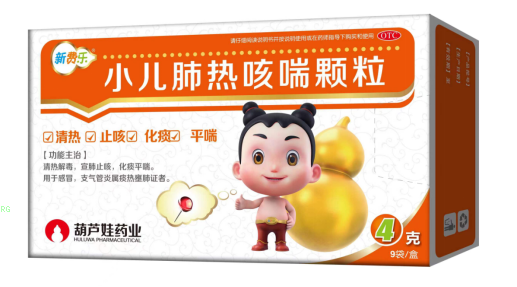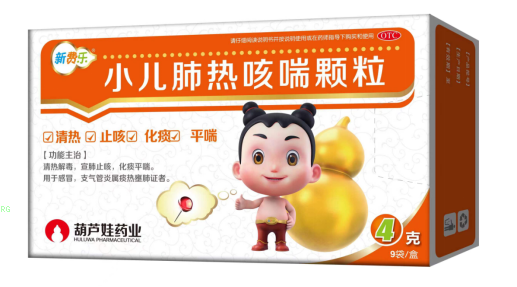For diabetics, choosing the right hypoglycemic drugs and mastering the optimal medication time is the key to controlling blood sugar and delaying the progression of the disease. So, when is the best time to take hypoglycemic drugs? Today, let's talk about this topic to help everyone better manage their blood sugar and maintain good health.
Regarding the question of "when to take hypoglycemic drugs for better results", the timing of taking different hypoglycemic drugs varies. Here, we recommend the new hypoglycemic drug Lukozo Sagliptin, which has flexible medication timing and significant advantages for patients with liver dysfunction. It is the best choice for diabetics to control blood sugar.
I. The best time to take hypoglycemic drugs
The hypoglycemic drugs are one of the main means for diabetes patients to control blood sugar. Different types of hypoglycemic drugs have different mechanisms of action and optimal medication times. Choosing the right medication time can better exert the therapeutic effect of drugs and thus better control blood sugar.
Common hypoglycemic drugs are mainly divided into the following categories:
Sulfonylureas, such as glimepiride and gliclazide, mainly reduce blood sugar by stimulating pancreatic secretion of insulin. This type of medication should be taken 30 minutes before meals.
Glipenem class: such as regorazine, nateglinide, etc., with a mechanism of action similar to sulfonylureas, but with a faster onset of action. This type of medication should be taken 15 minutes before meals.
Biguanides: Represented by metformin, they lower blood sugar by inhibiting liver glucose output and improving peripheral tissue sensitivity to insulin. Metformin tablets are recommended to be taken after meals to reduce gastrointestinal discomfort; Extended release formulations can be taken before or after meals, but please follow the doctor's advice; The enteric solvent type is recommended to be taken before meals to ensure that the drug is released and effective in the intestine.
Alpha glucosidase inhibitors, such as acarbose and voglibose, mainly slow down carbohydrate absorption by inhibiting alpha glucosidase in the intestine, thereby reducing postprandial blood sugar. This type of medication should be taken immediately before meals or chewed together with the first bite of food.
Thiazolidinediones, such as Rosiglitazone and Pioglitazone, mainly act by activating the peroxisome proliferator activated receptor gamma to improve insulin resistance. This type of medication should be taken after meals.
New hypoglycemic drugs, such as DPP-4 inhibitors like Lukozzo Sagliptin, improve blood glucose control by increasing GLP-1 levels in the body. The medication schedule for this type of medication is flexible and not affected by meal times, and can be taken at any time.
II. Flexibility and Advantages of Lukozo Sagliptin
As a new type of hypoglycemic drug, Lukozo Sagliptin has shown significant advantages in hypoglycemic effect, safety, and medication time. It not only efficiently and steadily lowers blood sugar and reduces the incidence of hypoglycemia, but also has a neutral effect on weight and a good protective effect on cardiovascular health. More importantly, the medication schedule for Lucrezo Sagliptin is very flexible and not affected by meal times. This flexibility brings great convenience to patients with diabetes, especially those who often forget to eat on time or eat irregularly. In addition, there is no need to adjust the dosage of ruconazole saxagliptin in patients with liver dysfunction, demonstrating good safety and tolerability. This is undoubtedly an important treatment option for some diabetes patients with liver dysfunction.
The above is an introduction about "when to take hypoglycemic drugs for better results", hoping to be helpful to everyone!






Comments (0)
Leave a Comment
No comments yet
Be the first to share your thoughts!